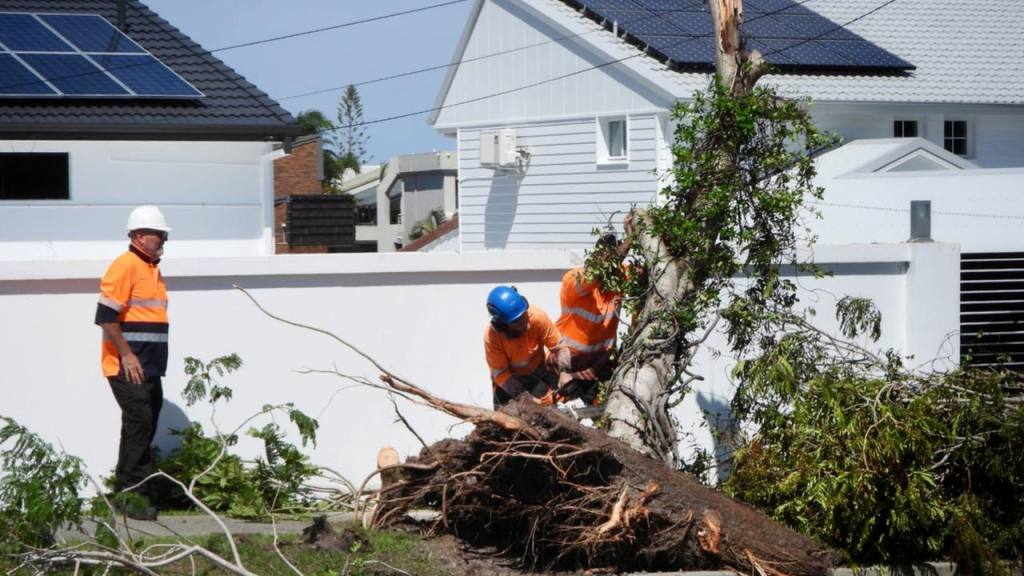If you’ve lost your job, been stood down or suddenly find your business without customers due to the coronavirus pandemic, you might be tackling Centrelink for the first time, or the first time in a long time.
The advice from Centrelink is to do as many of these steps online as possible to avoid calling or going into their offices. This is a basic guide to help step you through the process and reduce the stress a little.
Step one:
Go online and log in to your existing MyGov account or create a new one.
Step two:
Create a Centrelink account.
If you’ve ever received Centrelink payments in the past, including as a young person or while studying, you may already have one. If so, jump to step three.
If you don’t have an online Centrelink account, but you’ve received payments in the past, try to track down any old concession cards, letters or emails from Centrelink to find your Customer Reference Number (CRN) or Customer Access Number (CAN). If you can’t find this information, you can call Centrelink and they’ll ask you some questions to get your CRN. This may take a while at this time.
If you’ve never received money from Centrelink, you’ll need to set up an account for the first time.
This normally involves proving your identity by showing three original documents to prove your identity to Centrelink. This is usually done in person at a service centre, but importantly that has now changed. Under these exceptional circumstances, you can now ring up Centrelink and identify yourself over the phone. Centrelink staff will then give you a validation over the phone, meaning you can go online and register through MyGov without the need to provide proof of identity documents in person.
UPDATE: On Wednesday, Centrelink introduced a new function which allows you to log in to MyGov and register your intent to claim. The only information you need for this is a MyGov login, which you may already have if you use the portal to access the tax office or Medicare.
Your payments will be backdated to the date you lodged your intent to claim — even if it takes you a few days to get your application done.
Step three:
Log in to your MyGov account and ‘link’ it to your Centrelink account. Once this is done, you’ll be able to log into the MyGov portal and click through to your Centrelink account.
Step four:
If you’re still working but there’s a reduction in your hours, you’ll need a letter from your employer confirming this. In the past when someone lost their job, they needed to fill in an employment separation certificate for every employer they’d worked for in the past 12 months — but this requirement will be waived from April 27. From this date, Centrelink will also waive the requirement to provide proof of rental arrangements or verification of relationship status.
Step five:
It’s time to make a claim. Log in to MyGov and go to Centrelink. Select Payments and Claims from the menu, then Claims, then Make a claim. Choose the category that best describes your circumstance and click Get started. You’ll have to submit any required documents online now, but you’ll have 14 days to submit any supplementary documents.
Step six:
As part of the claim, you’ll need to book a phone appointment and someone will call from a private number.
Step seven:
Centrelink will let you know if your claim has been approved and when you will need to report how much money you earned over the past 14 days and confirming you’ve stuck to the mutual obligations laid out in your job plan. You’ll have to report every two weeks.
If you don’t report, you won’t get paid. If you’re late reporting, your payment will be late. You can report online or over the phone.
Do I have to apply for work to get Centrelink payments during coronavirus?
In order to keep getting the JobSeeker Payment and Youth Allowance for jobseekers, there are things you must do, like apply for jobs or undergo training. These are called mutual obligation requirements.
But for the six months starting April 27, 2020, the Government has introduced some new rules because of coronavirus. It means sole traders and self-employed people who now earn less than $1,075 a fortnight will meet their mutual obligation requirements just by continuing to operate their business. They won’t have to apply for other jobs. Neither will people who are caring for someone who is infected or in isolation due to coronavirus.
For those who have lost their jobs, or had their shifts cut, they will still need to look for work, but the requirements have been reduced to four job searches a month (one per week) to reflect the softening labour market. In some circumstances, you might get permission to do training or volunteer work to meet your mutual obligation requirements.
The new rules also allow you to seek an exemption from your mutual obligation requirements without a doctor’s certificate if you have caring responsibilities or need to self-isolate due to coronavirus. You may also be exempt if your child’s school or childcare centre has closed, or you’re caring for an adult with a disability or special needs whose day service or supported workplace premise has closed.
During your exemption period, you won’t need to attend appointments, look for work or do any of the activities in your job plan however you will need to call Centrelink to get an exemption.






